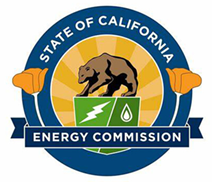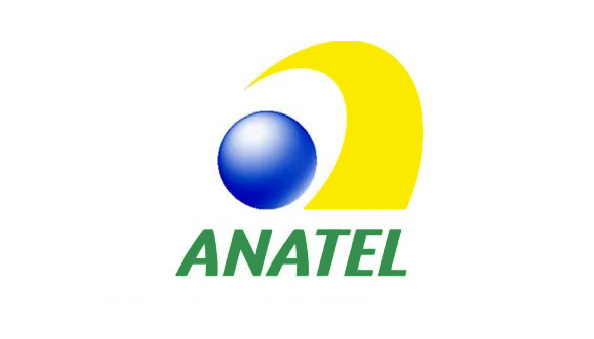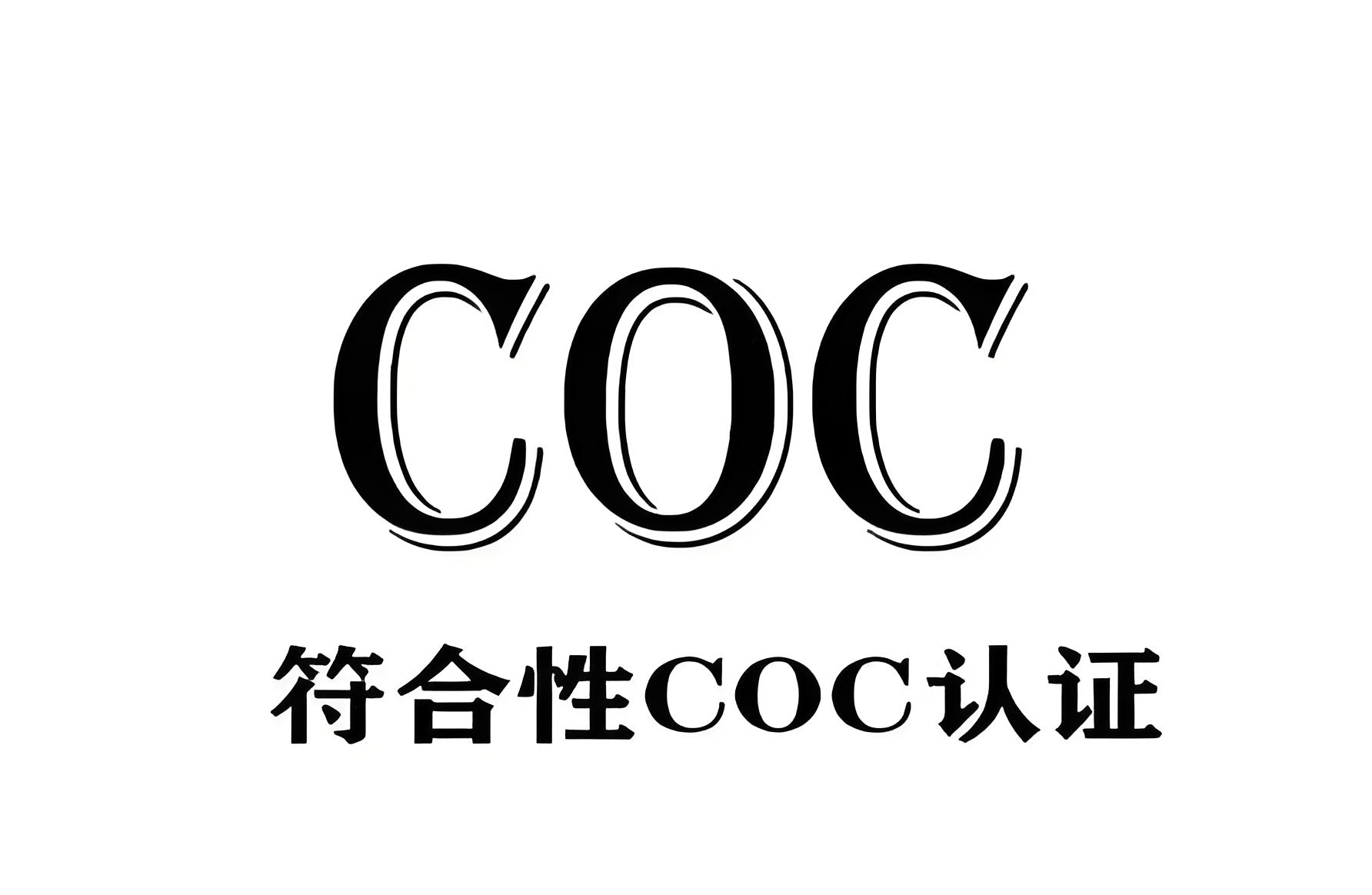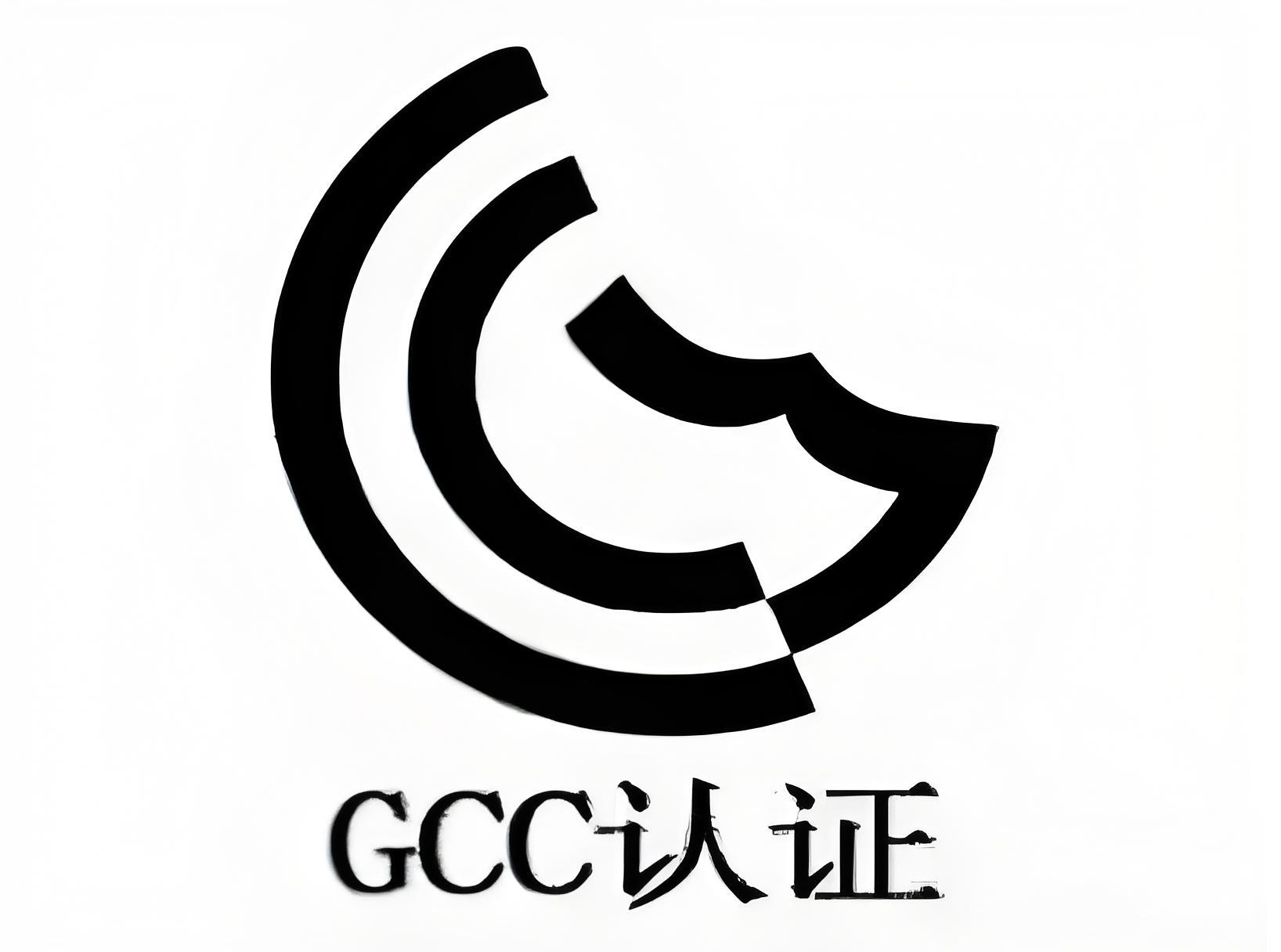<ul id="yy6ca"></ul> <del id="yy6ca"></del> 
Certification introduction
CEC certification is an appliance efficiency regulation (Appliance Efficiency Regulation) implemented by the California Energy Commission in December 30, 2005. The purpose of implementing this regulation is to improve the efficiency of electricity products, save energy, reduce gas emissions and the greenhouse effect.

Significance of CEC certification
As more and more electronic products appear in daily life, "saving energy" will become an urgent problem that everyone in the 21st century must face. The California Energy Commission (CEC) will implement a new mandatory standard for the energy efficiency of AC-DC and AC-AC external power supplies on July 1, 2006. By then, almost all electronic products will Suffered an impact.
The standard will cover all products that use external power supplies (such as chargers and adapters), including mobile phones, home wireless phones, portable music players, handheld game consoles, toys, etc., and require these products to be in standby and use. Use energy in a more efficient way.
This means that after mid-2006, all transformers, external power supplies, adapters, and chargers used in the United States and sold to the United States must change their design.
In addition to saving energy, the new CEC regulations will also have a major impact on environmental protection. According to the company's statistics, if all of California's external power supplies can comply with the new standard, California will be able to reduce carbon dioxide emissions by more than 360,000 tons per year, which is equivalent to the annual emissions of 60,000 cars.
The regulation stipulates that electrical products must first meet the energy efficiency regulations of equipment when they are sold in California. The regulations stipulate energy efficiency index requirements, measurement methods, and phased implementation plans for 58 types of electrical products. According to the requirements of this regulation, electrical products must be tested by qualified laboratories in accordance with the corresponding regulations or standards of the United States and proved to meet the requirements before they can be sold in California.
Applicable product range
The standard will cover all products that use external power supplies (such as chargers and adapters), including mobile phones, home wireless phones, portable music players, handheld game consoles, toys, etc., and require these products to be in standby and use. Use energy in a more efficient way. The definition range of CEC's external power supply is: single-phase voltage input AC / DC or AC / AC external power adapter.
Application information
1. Product name: Provide the full name of the product
2. Product model: list all product models, varieties or classification numbers that need to be tested
3. The intended use of the product: such as homes, offices, factories, coal mines, ships, etc.
4. Parts list: detail the components and models (classification number), ratings, and manufacturer's name of the product. For insulating materials, please provide the name of the raw material
5. Electrical performance: For electronic and electrical products, provide point schematic diagram (circuit diagram), ingredient list, etc.
6. Structural drawing: For most products, the structural drawing or exploded drawing of the product, ingredients list, etc.
7. Product photos, instructions for use, safety matters or installation instructions, etc.
Testing requirements
⑴ Summary: The test adjustment, unless otherwise stated, is tested in accordance with the following test conditions.
⑵ Test
Instruments: Power measurement must be performed with a calibrated voltammeter or power analyzer. The instrument must be calibrated according to the IEC 62301 standard. When the test power is 0.5W, the error must be less than or equal to 2%. When the test power is less than 0.5W, the error must be less than 0.01W. The accuracy of the power test instrument must reach 0.01W or better. The test voltage and current errors must be less than or equal to 2%.
⑶ Test room according to the requirements of IEC 62301, the air flow in the test room must be 0.5m / s or less, the ambient temperature must be controlled within the range of 23 ℃ ± 5 ℃, the sample must be placed on the test bench without heat conduction On the test. For products used outdoors, if there are additional test requirements, they must be stated in the report.
⑷ Test voltage According to the requirements of IEC 62301, the fluctuation range of the test voltage cannot exceed ± 1% of the specified test voltage and ± 1% of the specified test frequency. If the input voltage on the nameplate is wide, the test voltage is 115V / 60Hz and 230V / 50Hz. If the nameplate indicates a single voltage input, the test voltage is one of the above two test voltages.
⑸ Judgment of results The California Energy Efficiency Law requires that from July 1, 2006, all external power supplies exported to California must meet the average energy efficiency requirements and no-load power requirements in the following table (see Table 1)
From January 1, 2008, all external power supplies exported to California must meet the new average energy efficiency regulations and no-load power requirements in the following table TABLE2 (see Table 2)
All tests must take into account the load conditions of 100%, 75%, 50%, and 25% of the output current marked on the nameplate (note: the error range of the load here cannot exceed ± 2%), and record their input power, Input current, power factor, output voltage, and THD (total harmonic distortion), then follow
Energy efficiency = (output voltage × output current) / input power
To calculate the current energy efficiency value, and then average the energy efficiency values measured under the four load conditions of 100%, 75%, 50%, and 25% to obtain the average energy efficiency value. In addition, you must also test the load with an output current of 0% The input power value, the average energy efficiency value and the no-load power value obtained by the above test are determined according to the limit requirements of TABLE1 and TABLE2 to determine which energy efficiency mark is met.
other
Certification cycle
Regular 3-4 weeks, can be expedited


ANATEL certification is a mandatory certification for telecommunications equipment or related equipment by the Brazilian National Telecommunications Administration (Agência Nacional de Telecomunica??es), including wireless communication equipment, wired communication equipment and related auxiliary equipment; this certification ensures that telecommunications equipment sold in the Brazilian market meets Brazil\'s technical standards and regulatory requirements, and guarantees the product\'s quality requirements such as radio frequency, electrical safety, electromagnetic compatibility, and electromagnetic exposure. If the product entering Brazil does not complete ANATEL certification, it may face fines, seizures, and other penalties.

COC certification in Algeria is a mandatory certification for products exported to Algeria, ensuring that the products comply with the country\'s safety, quality, and technical standards. The certification process includes document review, product testing, and factory inspection. Products that pass certification can be legally sold in the local market, protecting consumer interests and promoting fair trade.

GCC certification is the abbreviation for Gulf Cooperation Council certification, which is a mandatory certification requirement for products entering the market in Saudi Arabia and other countries in the Gulf region.
CEC certification is an appliance efficiency regulation (Appliance Efficiency Regulation) implemented by the California Energy Commission in December 30, 2005. The purpose of implementing this regulation is to improve the efficiency of electricity products, save energy, reduce gas emissions and the greenhouse effect.
Get a quote